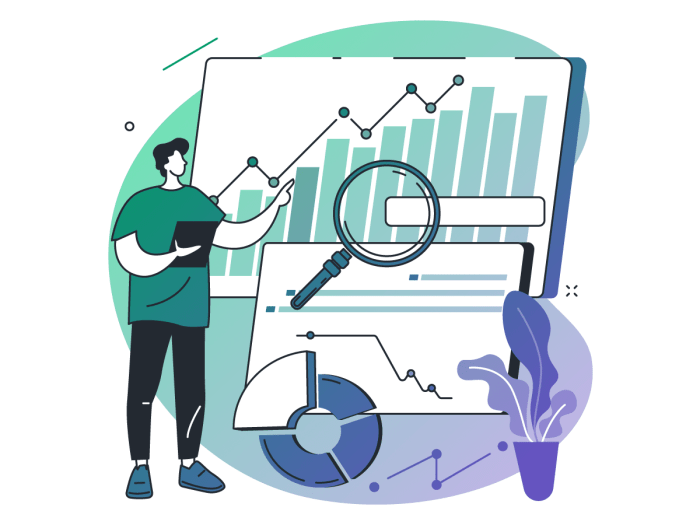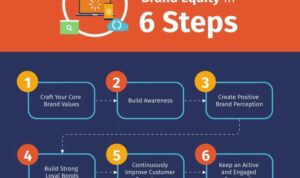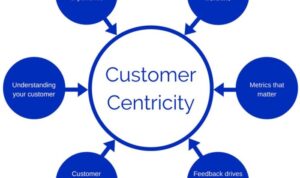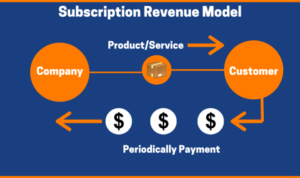Data-Driven Decision Making is a game-changer, revolutionizing how businesses operate and make strategic choices in today’s data-driven world. From uncovering hidden trends to predicting future outcomes, this approach is key to staying ahead of the curve.
Introduction to Data-Driven Decision Making
Data-driven decision making refers to the process of making choices based on data analysis and interpretation rather than relying solely on intuition or personal experience. In today’s digital age, data has become a valuable asset for organizations looking to gain insights, improve efficiency, and drive innovation.
The Significance of Data-Driven Decision Making
Data-driven decision making plays a crucial role in various industries by helping organizations:
- Identify trends and patterns that can lead to better strategic planning.
- Optimize operations and resource allocation for improved performance.
- Enhance customer experiences through personalized offerings and targeted marketing campaigns.
- Mitigate risks and make informed decisions that minimize potential losses.
Examples of Data-Driven Decision Making in Businesses
- Amazon uses customer data to recommend products and personalize the shopping experience, leading to increased sales and customer satisfaction.
- Netflix analyzes viewing patterns to suggest content tailored to individual preferences, keeping users engaged and subscribed.
- Google uses data to optimize search results and ad targeting, improving user experience and driving revenue through advertising.
- Uber leverages data to optimize driver routes, estimate fares, and predict demand, resulting in efficient service delivery and customer convenience.
Benefits of Data-Driven Decision Making

Data-driven decision making offers a multitude of benefits across various industries and sectors. By leveraging data to inform choices and strategies, organizations can achieve improved outcomes, enhanced efficiency, and increased productivity.
Improved Decision-Making
Data-driven decision making allows organizations to make informed choices based on evidence and insights derived from data analysis. By relying on concrete data rather than intuition or guesswork, businesses can minimize risks and make more accurate decisions that align with their goals and objectives.
Enhanced Efficiency
Utilizing data to drive decisions can streamline processes and operations within an organization. By identifying inefficiencies or bottlenecks through data analysis, businesses can optimize workflows, allocate resources more effectively, and ultimately enhance overall efficiency.
Increased Productivity
Data-driven decision making can lead to increased productivity by enabling organizations to prioritize tasks, set realistic goals, and track progress more effectively. By leveraging data to identify areas for improvement and measure performance, businesses can enhance productivity levels and achieve better results.
Real-World Scenarios
- A retail company used sales data to analyze customer preferences and buying patterns, leading to targeted marketing campaigns and increased sales.
- A healthcare provider implemented data analytics to optimize patient care processes, resulting in reduced wait times and improved patient outcomes.
- An e-commerce platform utilized data-driven insights to personalize user experiences, leading to higher conversion rates and customer satisfaction.
Overall, data-driven decision making empowers organizations to make strategic choices, enhance operational efficiency, and drive success in today’s data-driven business landscape.
Challenges in Implementing Data-Driven Decision Making

Implementing data-driven decision making can be a game-changer for organizations, but it comes with its own set of challenges. Let’s explore some of the common hurdles faced and how companies can overcome them.
Lack of Data Quality
One of the major challenges in implementing data-driven decision making is the lack of data quality. If the data collected is inaccurate, incomplete, or outdated, it can lead to faulty decisions. Organizations need to invest in data cleansing and validation processes to ensure the data is reliable and accurate.
Resistance to Change
Another challenge is the resistance to change within the organization. Some employees may be hesitant to adopt data-driven decision making, especially if they are used to traditional decision-making methods. Organizations can overcome this by providing proper training, demonstrating the benefits of data-driven approaches, and fostering a culture that values data-driven insights.
Insufficient Data Skills
Many organizations struggle with a lack of data skills among their employees. To effectively implement data-driven decision making, companies need employees who are proficient in data analysis, interpretation, and visualization. Offering training programs and upskilling initiatives can help bridge this gap.
Integration of Data Sources
Integrating data from multiple sources can be a complex task. Companies often face challenges in merging data from different systems, formats, and sources. Investing in data integration tools and technologies can streamline this process and ensure a unified view of the data for decision-making purposes.
Privacy and Security Concerns
With the increasing focus on data privacy and security, organizations need to navigate potential concerns when collecting and analyzing data. Ensuring compliance with regulations, implementing robust security measures, and maintaining transparency with data usage are crucial to address these challenges.
Examples of Companies Struggling with Data-Driven Decision Making
One notable example is Blockbuster, which failed to adapt to changing consumer preferences and leverage data to make informed decisions. As a result, they lost market share to Netflix, a company that embraced data-driven strategies to personalize content recommendations and improve user experience.Overall, by addressing these challenges head-on and fostering a data-driven culture, organizations can unlock the full potential of data-driven decision making and drive sustainable growth and success.
Tools and Technologies for Data-Driven Decision Making
In the world of data-driven decision making, having the right tools and technologies can make all the difference. Let’s explore some popular options and how organizations can choose the best fit for their needs.
Popular Tools for Data Analysis and Decision Making
- Microsoft Power BI: A powerful business analytics tool that allows users to visualize data and share insights across the organization.
- Tableau: Another popular choice for data visualization and analytics, known for its user-friendly interface and robust capabilities.
- Google Analytics: Ideal for tracking website traffic and user behavior, providing valuable insights for digital marketing strategies.
Comparison of Software Solutions
- Power BI vs. Tableau: While both offer advanced features, Power BI is often preferred for its integration with Microsoft products, while Tableau is known for its flexibility and ease of use.
- Google Analytics vs. Adobe Analytics: Google Analytics is free and widely used for basic website analytics, while Adobe Analytics offers more advanced features for enterprise-level data analysis.
Choosing the Right Tools for Your Organization
- Assess your organization’s specific needs and goals before selecting a tool.
- Consider the scalability and compatibility of the software with your existing systems.
- Look for tools that offer robust security features to protect sensitive data.





